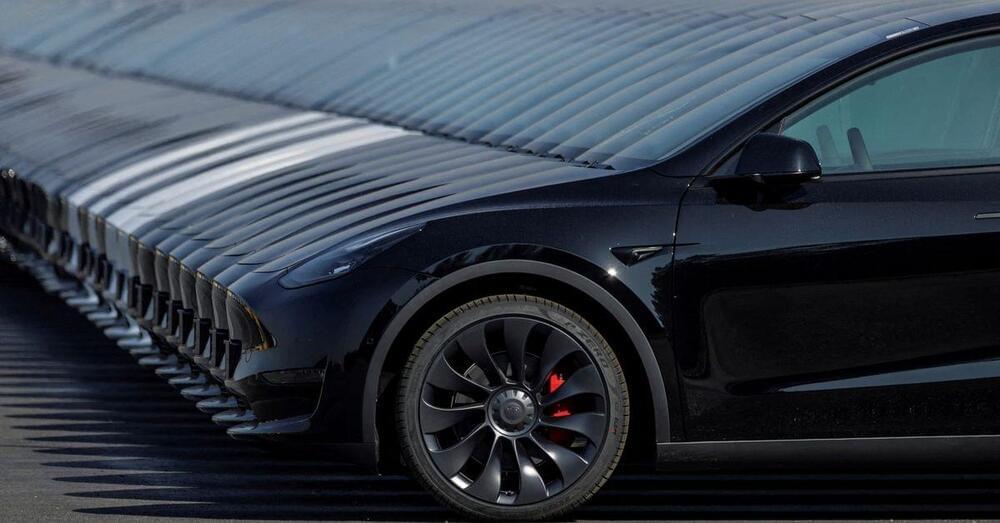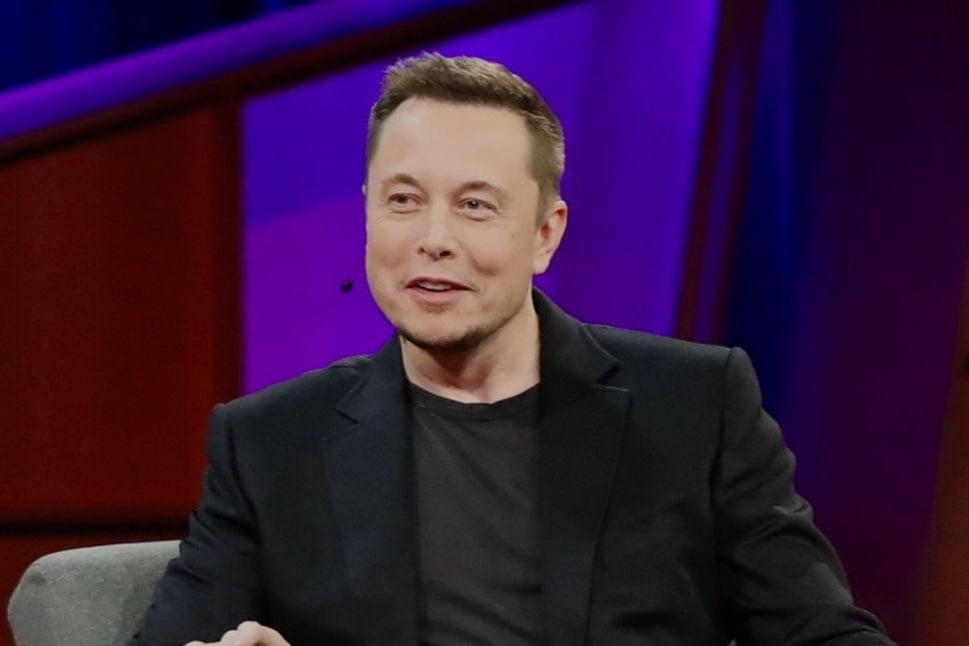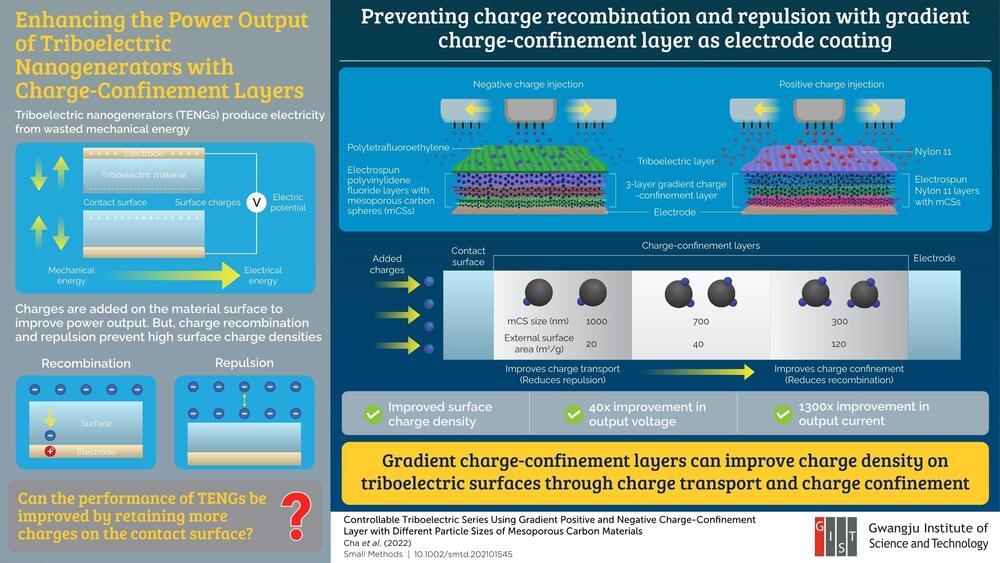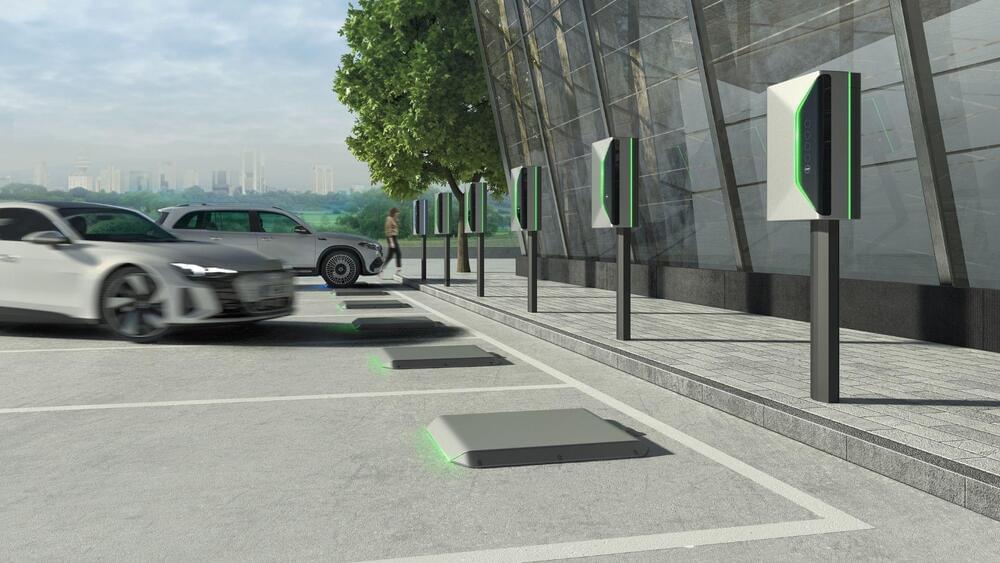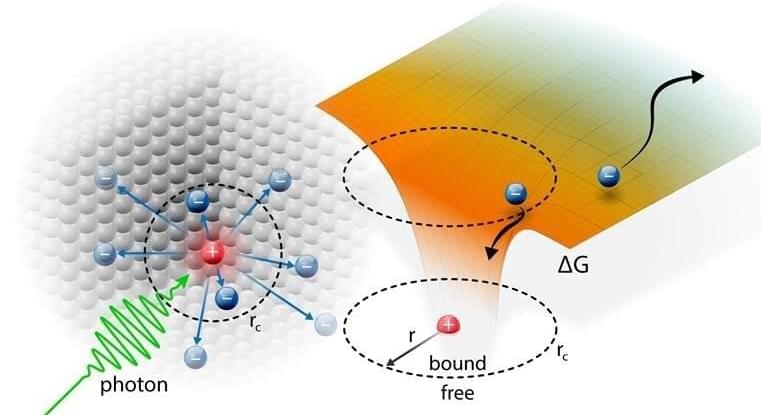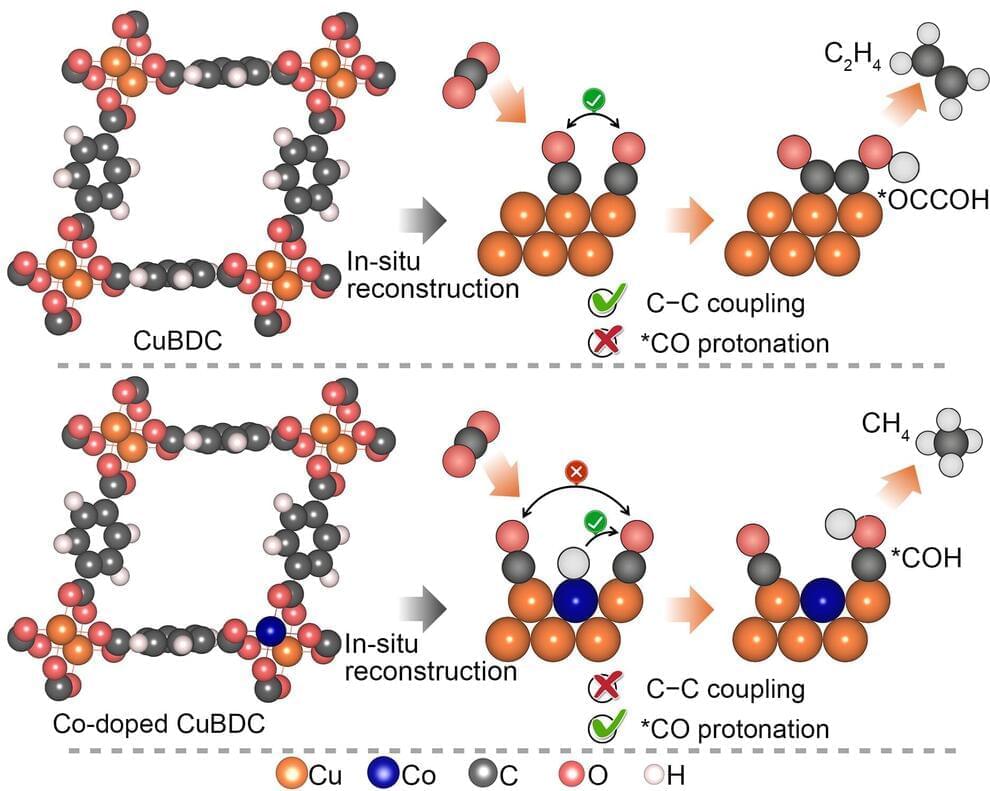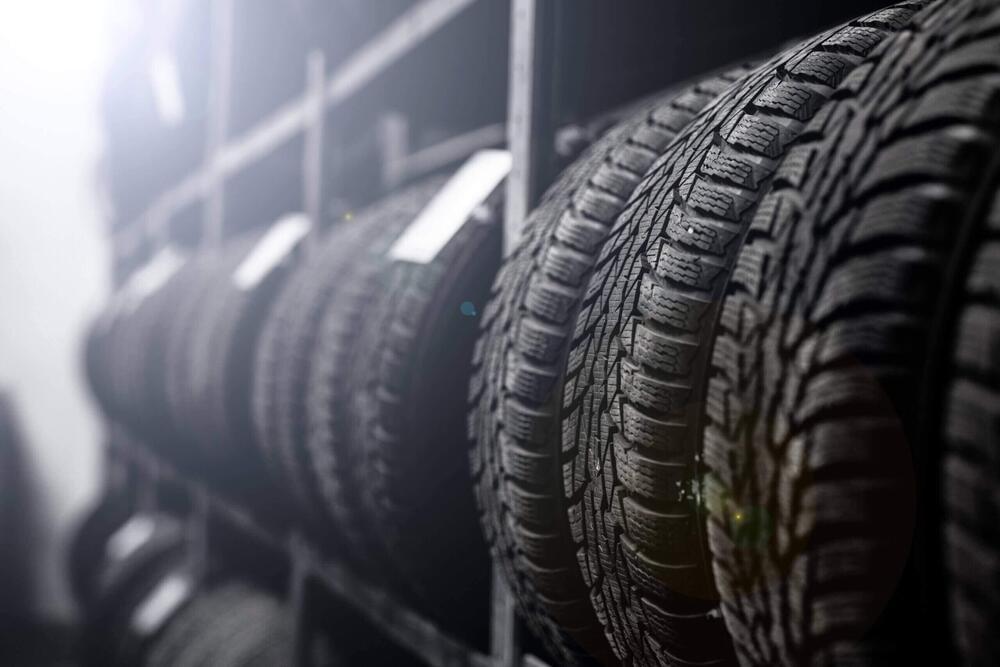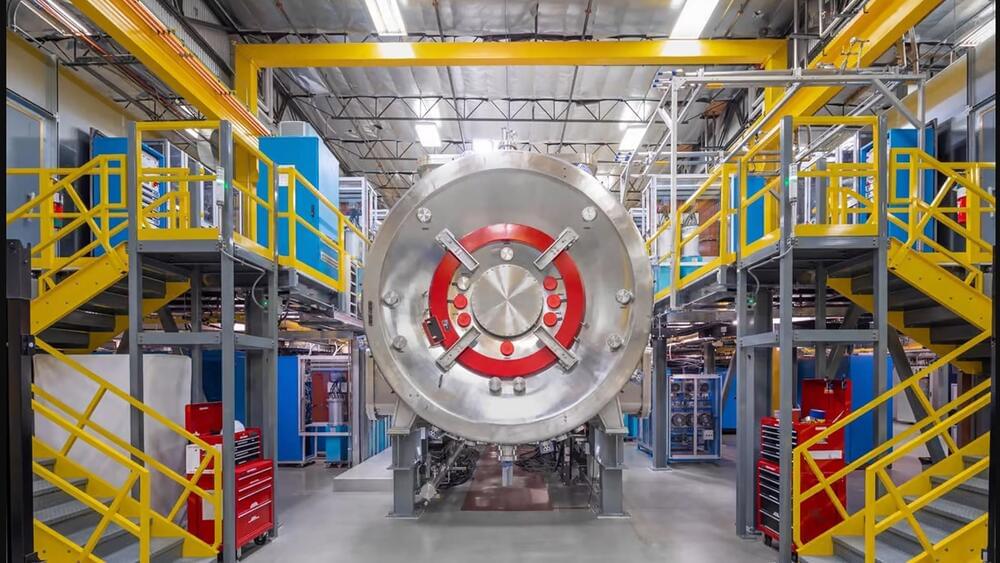Aug 16, 2022
Indonesia says Tesla strikes $5 billion deal to buy nickel products
Posted by Kelvin Dafiaghor in categories: economics, Elon Musk, sustainability, transportation
JAKARTA, Aug 8 (Reuters) — U.S. carmaker Tesla (TSLA.O) has signed contracts worth about $5 billion to buy materials for their batteries from nickel processing companies in Indonesia, a senior cabinet minister told CNBC Indonesia.
Southeast Asia’s biggest economy has been trying to get Tesla to set up a production facility in the country, which has major nickel reserves. President Joko Widodo met with Tesla founder Elon Musk earlier this year to drum up investment. read more
“We are still in constant negotiation with Tesla … but they have started buying two excellent products from Indonesia,” Coordinating Minister for Maritime and Investment Affairs Luhut Pandjaitan said in an interview broadcast on Monday.
